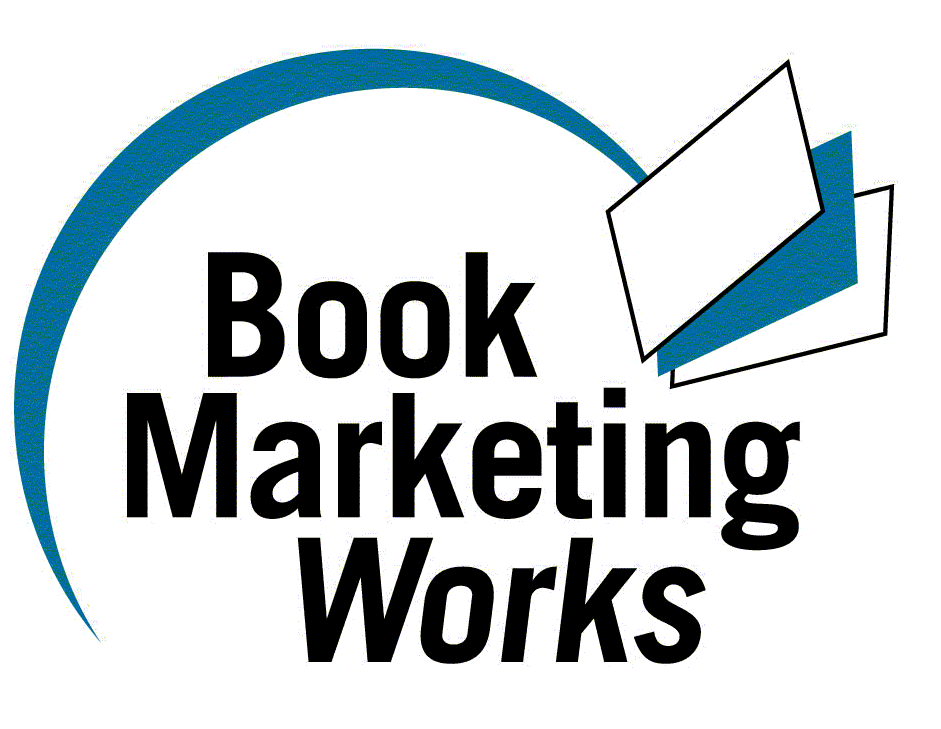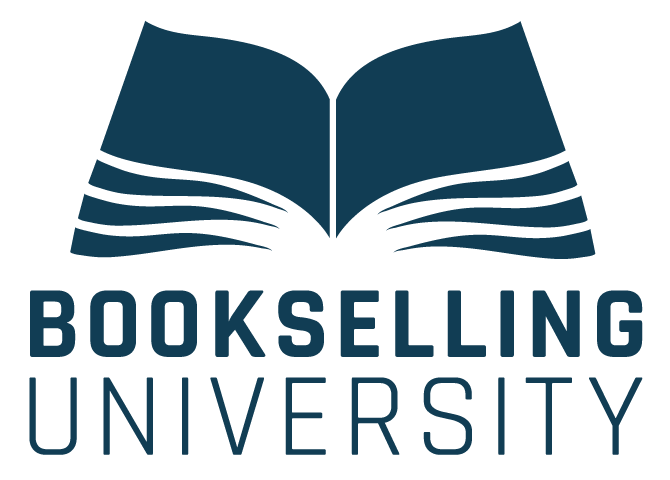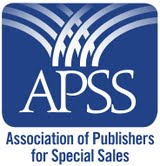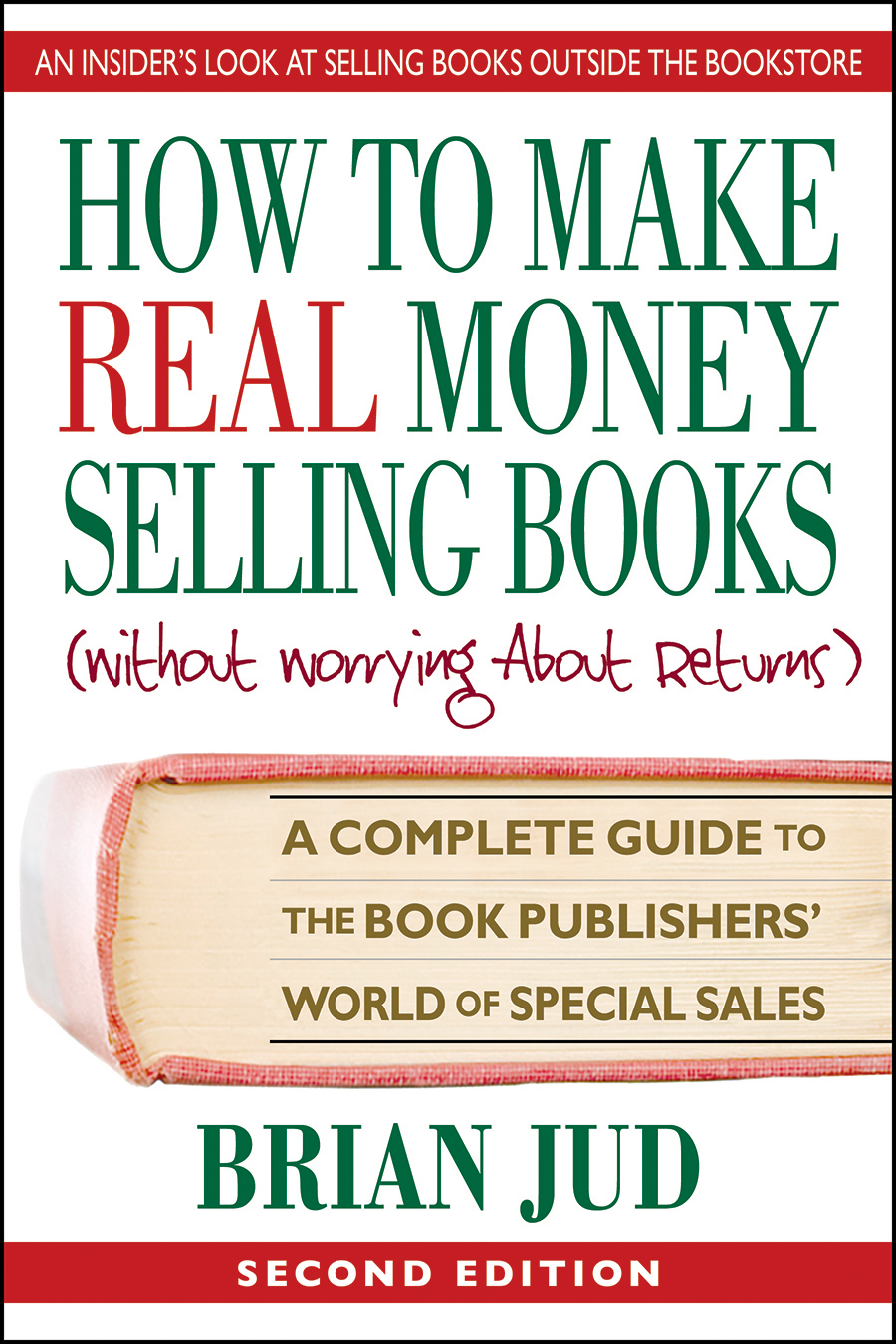|
Three Myths About Distribution Brian Jud There are more than 280,000,000 people in the United States, many of whom are potential customers for your book. But it would be a monumental and expensive proposition for you to contact each of them personally. Therefore, there are people whose job it is to help you bring your book to every prospective buyer in the country and the world. Together you create the distribution network that places your book in front of the largest number of people in the shortest period of time. Firms are available to help you distribute your books locally, regionally, nationally and globally. These include wholesalers and distributors who help you market your book to retailers. Although there is some overlap and duplication of effort, each level of the distribution network performs marketing tasks and is compensated out of the proceeds from the sale of your book. For example, distributors warehouse, sell, ship, handle returns and bill for your books. In addition, they have sales representatives to whom they must pay commissions. Generally speaking, distributors (including LPC Group, Partners Book Distributing, APG Trade, Midpoint Trade and Publishers Group West) discount your title by up to 70%. They may sell directly to book stores or through wholesalers who perform additional functions. In this case, wholesalers (such as Ingram, Koen, Baker & Taylor and The Booksource) may request a discount of up to 55% and bookstores another 40% depending upon quantities ordered and other considerations. If you choose to utilize the services of these distribution partners, you will typically wait 90 to 120 days to be paid. This paragraph describes an underlying infrastructure thought to be sacrosanct by most independent publishers. However, at least three of these concepts are inaccurate. The first myth is that each channel member receives the revenue from the discount described above. This obviously can not be true since 70% + 55% + 40% add up to more than 100%. Second is the fallacy that you will receive payment for the difference between their deductions and your list price in 90 to 120 days. Bankruptcies and slow-paying companies notwithstanding, there are returns and other aspects of doing business that could delay payment. And the third misconception is that distributors will sell your title. Myth Number One: Distributors receive 70% of the sale Distributors assess a fee of up to 70% of sales, but in reality they receive approximately 15%. To demonstrate this point, Figure 1 shows the typical discounts taken on a book, with a list price of $10, as it moves through the traditional channel of distribution. In this case, you sell your $10.00 book to a distributor at a discount of 70%. You receive $3.00. Now, the distributor sells the same book to a wholesaler (at a 55% discount) for $4.50. Here, the distributor has a gross revenue of $1.50 per book, or 15% of the list price. Of course, quantity purchases and different discounts can be negotiated. But for our purposes, Figure 1 shows that a distributor actually makes less than the publisher does before paying all their expenses. Figure 1 (Distribution Discounts)
By manipulating your marketing strategy, you can multiply your revenue without increasing your costs. For instance, if you convince a wholesaler to purchase directly from you, bypassing the distributor, your gross revenue increases by 50% as you now receive $4.50 per book. But this does not necessarily translate into greater net profit because your promotional costs will increase as you perform more of the functions previously done by the distributor. It is a tradeoff, and you must determine if it is worth the effort given your specific circumstances. Myth Number Two: The publisher gets paid 30% in 90 to 120 days Each month your distributor provides you with a report of current sales for which you will be paid in three monthsĂ time. But do not take this report to the bank as collateral for a 90-day loan. You are paid 30% of net sales, which means returns are deducted before you are paid. The examples below show how your checks are determined, using the same list price of $10.00 and the conventional 70/30 split. Figure 2 assumes your distributor begins selling your book in April and your sales increase regularly from $1000 per month to $9000 per month in the first nine months. Under these conditions, you would have gross sales of $45,000 for the nine-month period. If returns are made at the rate of 20%, then $9000 would be deducted from that which is due you. But distributors do not wait until the end of the year to decide how many of your books were sent back. Returns are deducted as they occur. Figure 2 (Actual Sales in Year One)
Given your 90-day payment terms you would expect to get a check for $1000 in July for AprilĂs sales. However, you would not receive anything because the books returned through July ($2000) are deducted from the amount due. In fact, you now owe your distributor $1000 because a negative balance is carried over into the next month and deducted from that periodĂs sales. The sales report your receive in December of Year One shows sales of $45,000 and returns of $9000, so you might logically expect to be paid $36,000. But at that point you are only due to be paid for sales through September ($17,000) less any books returned through December ($9000) which comes to $8000, as shown in Figure 3: Figure 3 (Actual Payments in Year One)
If you are publishing your book to make a quick profit, you may be making a mistake because successful book marketing requires a long-term perspective and persistence. If you set your sights on making a profit in Year Two, you will see a more attractive cash flow. And if you continue promoting your title actively, your sales might resemble those in Figure 4 and your actual receipts would match those in Figure 5. Figure 4 (Actual Sales in the First Half of Year Two)
Figure 5 (Actual Payments in the First Half of Year Two)
Myth Number Three: Distributors sell your title. One important lesson every independent publisher must learn is that distributors, wholesalers and bookstores do not sell books. While they undoubtedly have competent sales representatives, each has too many titles, too many prospective customers and not enough time to sell every title to each buyer. The reps have their favorite titles, usually the ones that are selling well. The ultimate responsibility for selling any title rests upon the author. The actions that will move your books more quickly through the distribution network are promotion, cooperation and communication. Successful book marketing requires an author to actively promote his or her title on a regular basis. It also takes a publisher who cooperates with the distributorsĂ sales people, making it easier for them to close the sale. And it demands two-way communication between the publisher and distributor informing one another of the activities each is performing. Book promotion takes many forms, depending on the markets being served. For instance, the author could appear on television and radio shows if mass communications is required. Or, the author could conduct a series of book signings, initiate press releases, perform personal presentations or implement a complete, targeted promotional campaign. There are many options, requiring careful planning and budgeting. In addition, you need to cooperate with your distribution partners. If you appoint a distributor to represent your titles, do not attempt to duplicate their efforts. Most likely, your distributorĂs reps have rapport established with buyers at the major chains. Your actions to contact these same people could complicate the negotiations unnecessarily. Furthermore, you can cooperate with them on major conventions, sharing booth space at the BEA exposition or regional shows. Choose your partners well and allow the system to work for you. Third, communicate with each other. Your distributors will not know about your promotional efforts unless you tell them. On a monthly basis, send them a list of the events that have occurred as well as a schedule of those that will happen in the future. They can encourage their buyers to purchase more of your books in anticipation of increased sales. Also tell your distribution partners about recent reviews or testimonials by notable people. Conversely, your distributor should alert you to upcoming marketing opportunities and other information that will help you sell more books. The more you communicate with each other the more likely it is that you will both be successful. With a long-term perspective, an independent publisher is in an excellent position to run a profitable business by using the traditional channels of distribution. Returns hurt everyone, but they are a fact of life in your chosen field. As long as you are aware of how the system works, and can make it work for you, you are more likely to prosper. |
Check out these testimonials...





